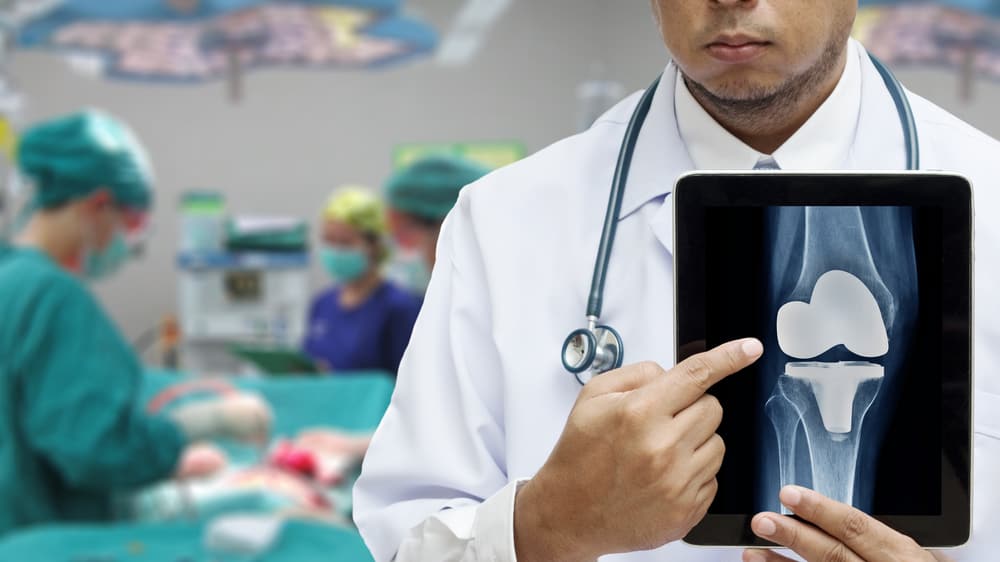
Might Cellular Therapies Postpone or Prevent Osteoarthritis After Knee Surgery or Injury
Following injury to the articular surface of the knee, measurable changes in the joint microenvironment can occur, including altered expression of proinflammatory cytokines, matrix metalloproteinases (MMPs), aggrecanases, growth factors, and apoptotic factors. A study assessing the impact of 10 synovial fluid biomarkers at the time of knee injury found that three specific biomarkers can predict with moderate accuracy functional outcomes and level of pain postoperative at five years.
The development of post-traumatic osteoarthritis (PTOA) affects a large percentage of patients with anterior cruciate ligament (ACL) tears, meniscus tears, and other knee injuries. Even when an injury is surgically treated, the joint is at a significantly increased risk of PTOA five to 10 or more years following the initial insult. It is believed that the accelerated cartilage degradation associated with PTOA is the result of inflammatory chemokines released into the joint space at the time of injury. In other words, the initial seed of post-traumatic osteoarthritis is planted at the time of the injury, and there may be a specific pattern of molecular biomarkers in the synovial fluid (i.e., an inflammatory phenotype) that is able to predict which patients are at the highest risk of diminished function and development of OA as a result of their knee trauma.
Cellular Therapy to Prevent Osteoarthritis After Knee Surgery
The study prospectively enrolled 39 patients (mean age at time of surgery, 41.56 years) undergoing primary knee arthroscopy for ACL injury, meniscus injury, and/or focal chondral lesion beginning in October 2011. Patients were excluded if they had any additional associated ligament injury, systemic inflammatory disease, autoimmune disease, intra-articular corticosteroid injection in the three months before surgery, prior knee surgery, immunomodulatory drug use, chemotherapy within the past year, insufficient synovial fluid aspiration, or cartilage/meniscal transplantation in addition to arthroscopy. Those aged 18 years or younger also were excluded.
Immediately prior to surgical incision, synovial fluid was aspirated from the operative knee and transferred to sterile tubes containing a protease inhibitor cocktail solution. Researchers assessed the concentration of 10 cytokines and chemokines that have previously been suggested to play a role in cartilage degradation and inflammation in the joint space.
Among 28 patients who did not undergo further surgery since the time of synovial fluid sampling, the biomarkers MMP-3 (a proinflammatory enzyme), TIMP-2 (an anti-inflammatory inhibitor of MMPs), and vascular endothelial growth factor (an angiogenesis-inducing growth factor) most accurately predicted functional outcomes at five years postoperative or injury. These findings support my recommendations for use of Bone Marrow Concentrate, Proprietary Platelet Rich Plasma, Stem Cells or Growth Factors following knee injury or arthroscopic knee surgery to postpone, perhaps avoid a Total Joint Replacement
To learn more, visit my web site and watch my webinar at www.sheinkopmd.com
For a consultation call (312) 475-1893
Tags: Cellular Therapy for knee pain, joint pain, knee health, knee pain, knee surgery
